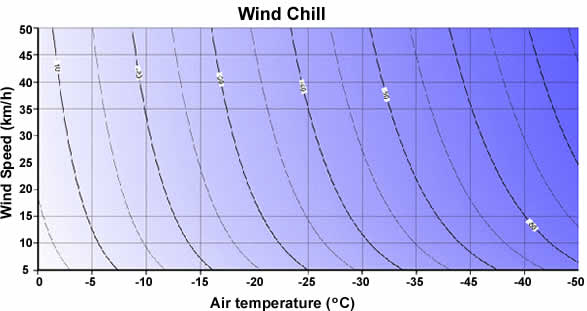Weather

Heading into an Antarctic storm.
Because the Antarctic continent is largely round in shape and surrounded by the relatively uniform Southern Ocean, the climate is reasonably unvarying and generally fairly severe!
Wind and temperature are the two main factors influencing the weather in Antarctica.
Antarctic weather is characterized by frequent blizzards. These are very strong winds, with falling or drifting snow being driven along the ground.
Up to ten times a year, white-out conditions, where the visibility can be less than 1 m, may last several days. In these situations there are no contrasts between objects, distances are hard to judge, and it is easy to become disoriented. Blizzard conditions can be worsened when low pressure systems around Antarctica called the Antarctic trough, disturb and strengthen local Katabatic winds.
Katabatic winds are composed of a 300 m thick layer of "heavy" cold air, sliding down the polar icecap towards the coast under the influence of gravity. These winds vary depending on location but are generally worse in coastal regions. Wind speeds of up to 150 km/hr with gusts up to 200 km/hr are not uncommon. In these conditions it is risky to venture too far from the safety of a hut or tent.
Antarctica is the coldest place on earth because any warming radiation from the sun is largely reflected back into space by ice and snow. Wind can dramatically enhance the effects of low temperatures on the human body. For example a tolerable "very cool" temperature of -20°C, will, in a wind of only 15 km/hr, begin to freeze exposed human flesh! A windchill index is a guide to the effects of various wind and temperature conditions.
 |
| Graph showing temperature, wind speed and subsequent wind chill |
